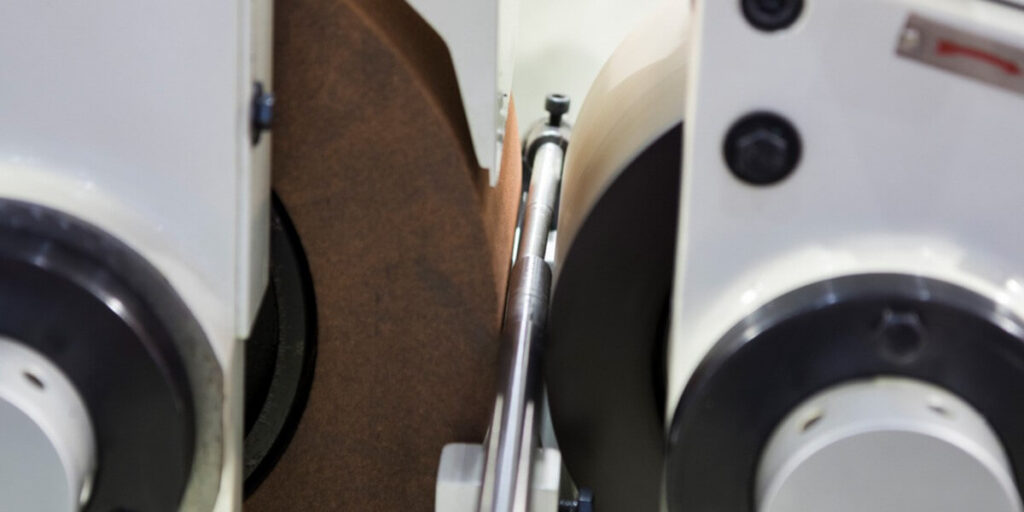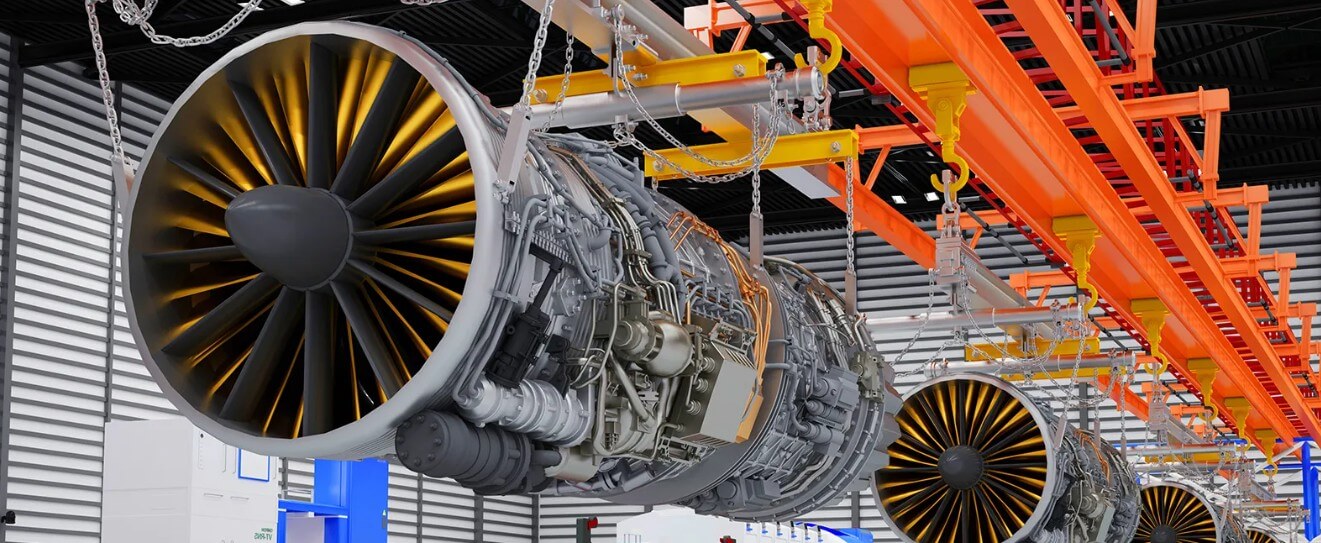Aerospace Manufacturing Processes: Four Key Processes and Their Subdivided Applications
With the continuous advancement of technology, aerospace manufacturing processes are also expanding. This article will introduce four processes that are both common and advanced. These processes cover all aspects from part molding to part and material finishing. Xavier has extensive knowledge and experience in all areas related to aerospace and defense parts manufacturing.
Aerospace Manufacturing Processes
1.CNC Machining
1) Milling
Milling is one of the most common machining processes in the aerospace industry; it is most often used to make cuts within a workpiece. These cuts range from simple lines and shapes to more complex designs and detailed levels. The most common milling processes include:
- Vertical Milling
- Horizontal Milling
- Side Milling
- Profile Milling
- Face Milling
The type of milling process used depends on the material and the needs of the finished part.
2) Swiss Turning
Swiss machine tools have become increasingly popular over the years due to their ability to turn smaller, more complex workpieces. Swiss turning can also produce large quantities of parts quickly and is generally less expensive than other turning methods. The bar stock of a Swiss lathe rotates and slides through a guide bushing. This provides a strong support point to machine workpieces of various lengths. This also provides the support needed to create smaller and more intricate details within the workpiece.
3) Hard Turning
Hard turning is a finishing process that offers several advantages over other aerospace manufacturing processes. Because the fundamentals of hard turning are similar to other “soft turning” methods, machinists are often able to quickly learn to apply their skills to hard turning. Other finishing processes, such as grinding, often require specialized training. When you need to finish complex workpieces or internal and external geometries, hard turning is the solution you need.

4) Grinding
During the grinding process, the workpiece is smoothed and irregularities are removed. This makes the workpiece consistent with other workpieces produced. The advantage of grinding is that it can be used on most types of workpieces, regardless of shape or size. Many customers in the aerospace industry require manufacturers to grind to complete their products.
Like other finishing and machining methods, there are many different grinding processes. The most common grinding processes include:
- Cylindrical Grinding
- Profile Grinding
- Surface Grinding
- Centerless Grinding
5) 5-Axis CNC Machining
The key to 5-axis CNC machining lies in technological advancements that have allowed more sophisticated machines to machine parts in 5 and 6 axes. 5- and 6-axis CNC machining allows the workpiece and tool head to move, rotate, and tilt within the machine to machine hard-to-reach areas and shape complex geometries. In the aerospace industry, where every micron counts and parts are put into systems that demand perfection, 5- and 6-axis machining can achieve the precise quality you need.

CNC machining is only part of the aerospace manufacturing processes. If you want to determine whether your parts are suitable for CNC machining, you can contact our Xavier engineers in a variety of ways, and we will answer your questions online!
2.3D Printing
What are the important aerospace component manufacturing processes in 2024?
In 2023, 3D printing accounted for 51% of the answers to this question, while in 2024, the proportion of 3D printing increased sharply to 74.09%. This shows that 3D printing technology has further become the mainstream processing technology for aerospace parts.
3D printing (also known as additive manufacturing) has gradually moved from proof of concept to mass application. It can manufacture complex geometric and functional integrated structures that are difficult to achieve with traditional subtractive processes by stacking materials such as metals or plastics layer by layer, becoming a key aerospace manufacturing process in 2025.
According to the different energy sources and material delivery methods, metal 3D printing technology can be divided into selective laser melting (SLM), electron beam melting (EBM) and directed energy deposition (DED).
Among them, SLM technology is known for its high precision and detail restoration capabilities, and is suitable for printing complex internal flow channel nozzles, cooling channels, lightweight brackets, etc.;
EBM works in a vacuum environment and is suitable for the rapid prototyping of large-size titanium alloy parts such as spacecraft frames or interface components, which can ensure the density and thermal stability of the material;
The DED process has both manufacturing and repair functions, which can be used to additively manufacture additional structures on existing parts, and is also often used for local remanufacturing and repair of engine nozzles or blades.
Overall, 3D printing not only gives greater freedom in design, but also greatly improves part performance and system integration efficiency.
3.Casting process
Although casting is a “traditional process”, it still has an irreplaceable and important position in the aerospace field. Especially for complex hollow structures, large-size parts or high-temperature resistant material parts, modern casting processes are still highly competitive. The common casting subdivision technologies at present mainly include: investment casting, vacuum casting, and die casting.
Investment casting is the main means of manufacturing high-temperature alloy turbine blades, engine hot end components, and complex geometric thin-walled parts. Its mold has high precision and good surface quality, which is very suitable for one-time forming of complex structures.

Aerospace Investment Castings
Vacuum casting is suitable for the oxygen-free environment forming of highly active metals (such as titanium and nickel alloys), which can prevent impurities from oxidizing, improve material strength and stability, and is often used for key components such as engine housings, sealing rings, and high-temperature ducts.
Aluminum alloy die casting plays an important role in the manufacture of non-load-bearing electronic compartment housings, connectors, support bases and other parts. The production efficiency of die casting is the highest among all casting processes, and it is very suitable for the production of large batches and parts with high dimensional consistency requirements.
At the same time, modern casting technology places more emphasis on combining material properties and digital simulation technology to bring out the best performance of castings.
4.Robot manufacturing
In the manufacture of aerospace parts, the most important role of robots is to play an automatic and efficient role. In the manufacture and assembly of complex parts, the application effect of robot manufacturing technology is remarkable. In the process of investment casting of aerospace parts, the process steps such as cladding and dewaxing can be replaced by manual work.

The most representative application is the robot drilling and riveting system, which can automatically complete highly repetitive assembly operations such as drilling, positioning, and riveting in the connection between the aircraft skin and the skeleton structure. While being efficient, the consistency of part size is also high.
The automated welding robot combines advanced technologies such as laser welding and stir friction welding, which is suitable for high-strength docking of large structural parts such as aluminum alloy cabins and thruster tanks, with uniform welding quality and beautiful molding.
The flexible loading and unloading and mobile robot platform can run through the entire process from raw materials to finished products through interconnection with CNC equipment and 3D printing equipment, greatly improving production efficiency and response speed.
We have listed the four mainstream manufacturing processes of aerospace parts above, and each process has its use and status in the entire production process.
Through the introduction of this article, I would like to ask everyone a question. In which direction do you think the aerospace manufacturing processes will develop in 2025? If you use two words to summarize it, which two words would you choose?
I think I would choose two words, advanced manufacturing and digital design, because they are so important. Xavier fits both of these words perfectly, and we are proud to offer a variety of machining processes for your aerospace parts in our digital workshop.
